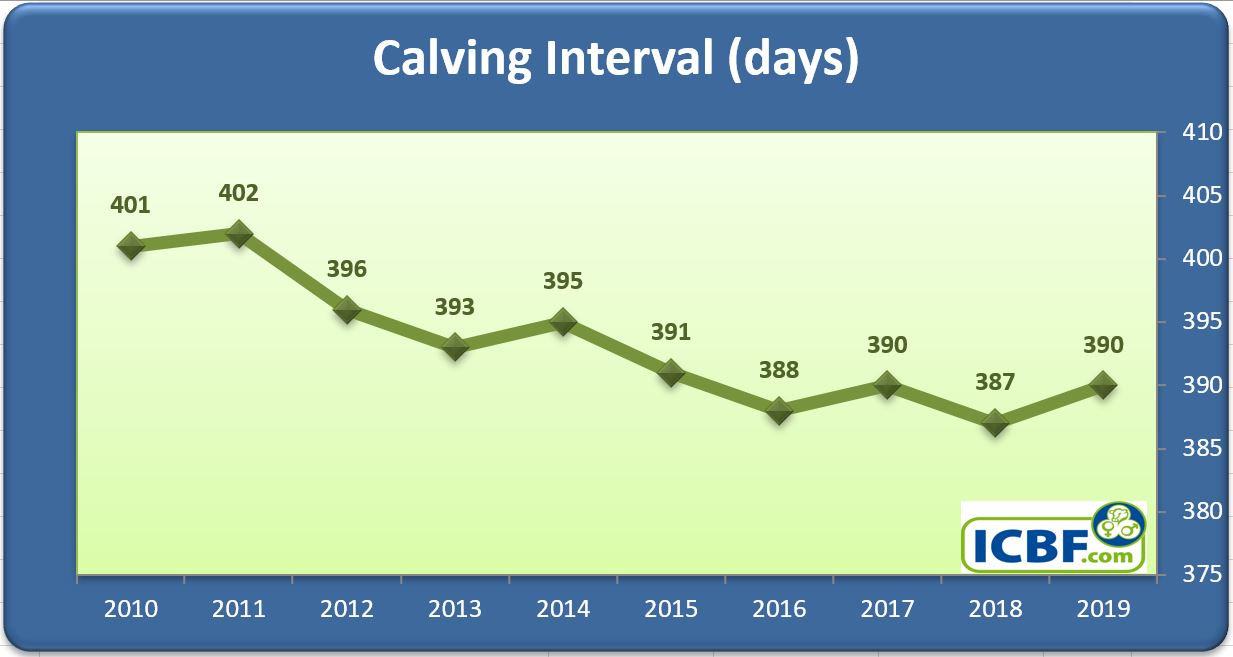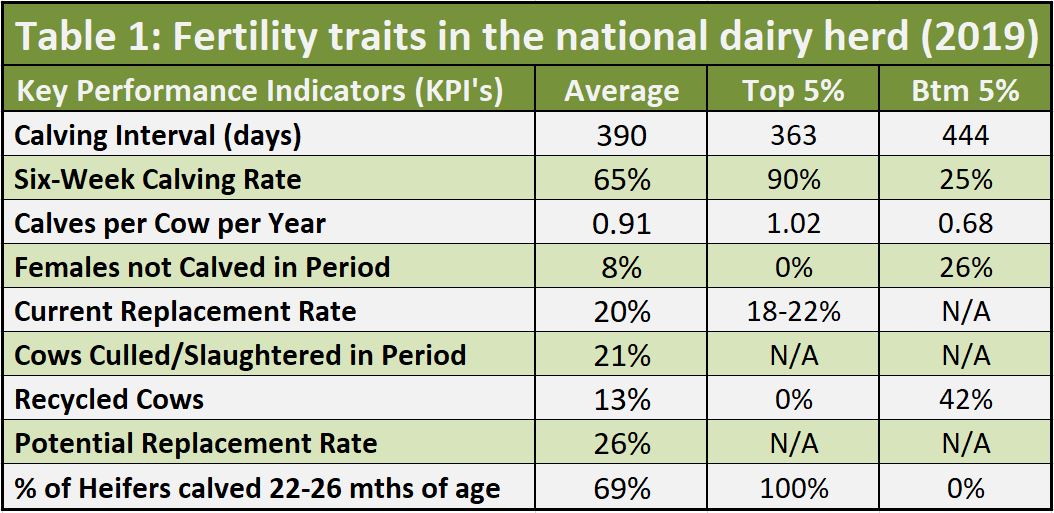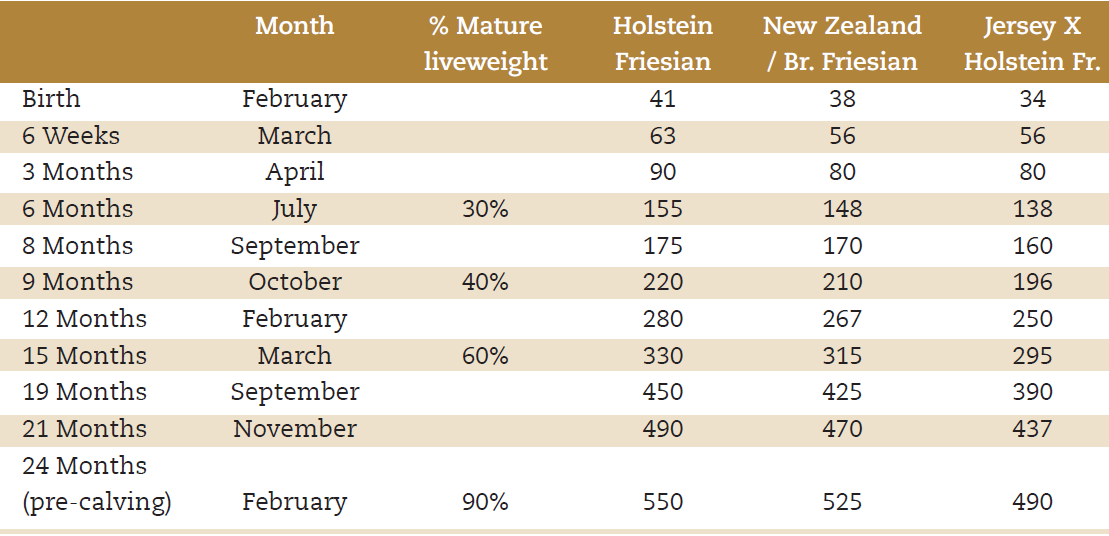Following last weeks’ release of the HerdPlus Dairy Calving reports, ICBF can report a slight decrease in the fertility performance of the national dairy herd. The average calving interval increased by 3 days from 387 days in 2018, to 390 days in 2019 (See graph 1 below). While this figure is disappointing, we have to take into consideration the massive challenges that the long spring and summer drought had on farmers in 2018 which led to a delay in insemination dates with median calving moving out two days to 28th February.

In contrast, another important fertility parameter six-week calving rate has shown improvement. It has increased from 64% to 65%. In addition, during the 2019 period there was 0.91 calves/cow/year, this is up from 0.90 in 2018. The National Statistics are based on data from 13,902 herds.
The data shows, we are still a considerable way off the targets identified by Teagasc as being required to ensure a profitable dairy industry.
The average calving interval is 390 days compared to an industry target of 365 days. Similarly, the six-week calving rate is at 65% compared to an industry target of 90%. Therefore, it’s important that we continue to focus on high EBI bulls with a high fertility sub-index in order to achieve these targets.

Table 1 shows a summary of the fertility performance for the average, the top 5% and bottom 5% of herds based on data from the latest HerdPlus Dairy Calving reports.
The trends indicate large variation between herds that are achieving exceptional fertility performance (Top 5%) for each of the Key Performance Indicators (KPI’s), to those that are achieving below average performance (Bottom 5%). A full listing of all the dairy statistics can be found by clicking here.
One trait of particular note is the percentage of heifers calved between 22 and 26 months of age. Average performance for this KPI is at 69%, with a number of herds achieving 100% (top 5%), but a similar number achieving 0% (bottom 5%).
A key part in achieving two-year calving is having heifers at the correct target weight for breeding (See Table 2). ICBF strongly encourage farmers to weigh their replacement heifers. Heifers that are below target can be identified and corrective action taken. Underweight replacements should be grouped together and fed 1-2kg meal so they achieve the target breeding weight.

